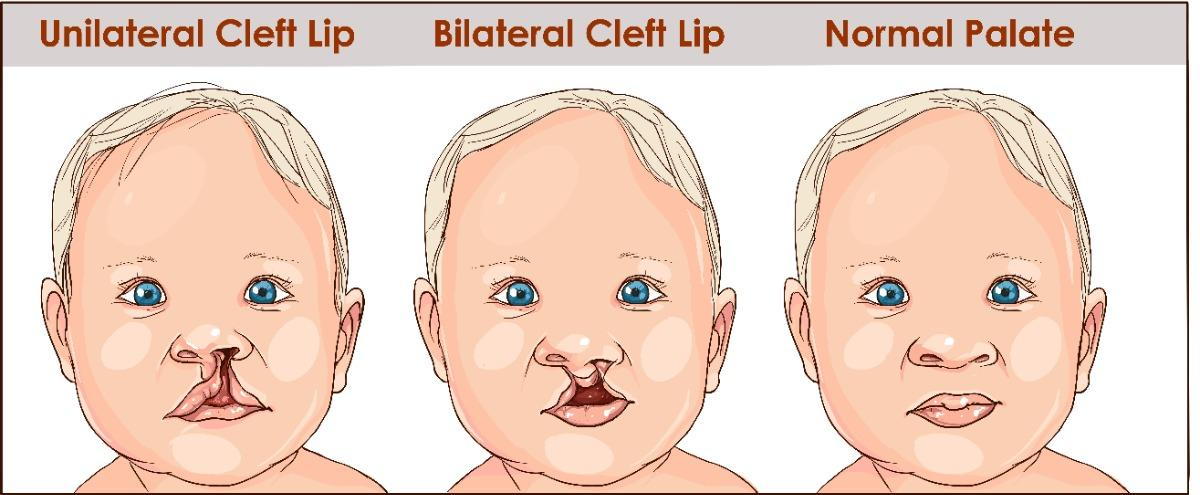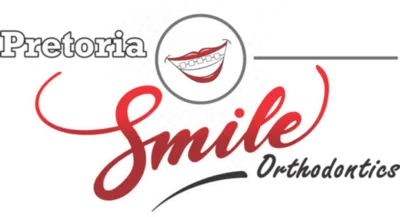
Cleft lip and palate are congenital conditions that affect thousands of individuals around the world. These conditions can have significant physical, emotional, and social implications, making understanding them crucial for those impacted and their families. In this article, we will delve into the basics of cleft lip and palate, exploring their causes, the various types that exist, and the treatment options available.
What are Cleft Lip and Palate?
Cleft lip and palate are birth defects that occur during early pregnancy when the tissue that forms the lip and/or the roof of the mouth (palate) does not fully come together. This results in a gap or opening, which can vary in size and severity. These conditions are among the most common congenital anomalies affecting the head and face.
Causes:
While the exact causes of cleft lip and palate are not always clear, a combination of genetic and environmental factors is believed to play a role. Some potential factors that contribute to the development of clefts include:
Genetics: Family history can increase the likelihood of cleft lip and palate. If a parent or sibling has had these conditions, the risk may be higher.
Environmental Factors: Certain maternal lifestyle choices during pregnancy, such as smoking, alcohol consumption, and certain medications, can increase the risk of clefts.
Nutritional Factors: A lack of proper prenatal nutrition, including folic acid deficiency, has been linked to an increased risk of cleft lip and palate.
Types of Clefts:
Cleft lip and palate can manifest in different ways, leading to several types:
Cleft Lip: A cleft lip can occur on one or both sides of the upper lip, resulting in a gap that can extend from the lip to the nose. It can be unilateral (one side) or bilateral (both sides).
Cleft Palate: Cleft palate involves an opening in the roof of the mouth. It can range from a small gap at the back of the mouth to a larger opening that extends to the front.
Cleft Lip and Palate: In some cases, both the lip and palate can be affected, either on the same side or on both sides of the face.
Treatment Options:
Thankfully, medical advancements have provided effective treatment options for individuals born with cleft lip and palate. Treatment typically involves a multidisciplinary approach, often including:
Surgical Repair: Surgical procedures are performed to close the gaps in the lip and/or palate. These surgeries are usually done in stages, with the first surgery for cleft lip often performed within the first few months of life.
Speech Therapy: Clefts can impact speech development. Speech therapy helps individuals develop clear and understandable speech patterns.
Orthodontic and Dental Care: Orthodontists and dentists play a role in ensuring proper dental alignment and addressing any dental issues that may arise.
Psychosocial Support: Emotional well-being is vital. Support groups and counseling can help individuals and families cope with the challenges that cleft conditions may pose.
Understanding cleft lip and palate is essential for raising awareness, providing support, and ensuring that affected individuals receive the care they need. With advancements in medical science, a combination of early intervention, surgical procedures, and ongoing therapies can help individuals born with cleft lip and palate lead fulfilling lives. By spreading knowledge about these conditions, we can contribute to a more inclusive and compassionate society.
Do you want to learn more about Cleft Lip and Palate? Download our brochures.
